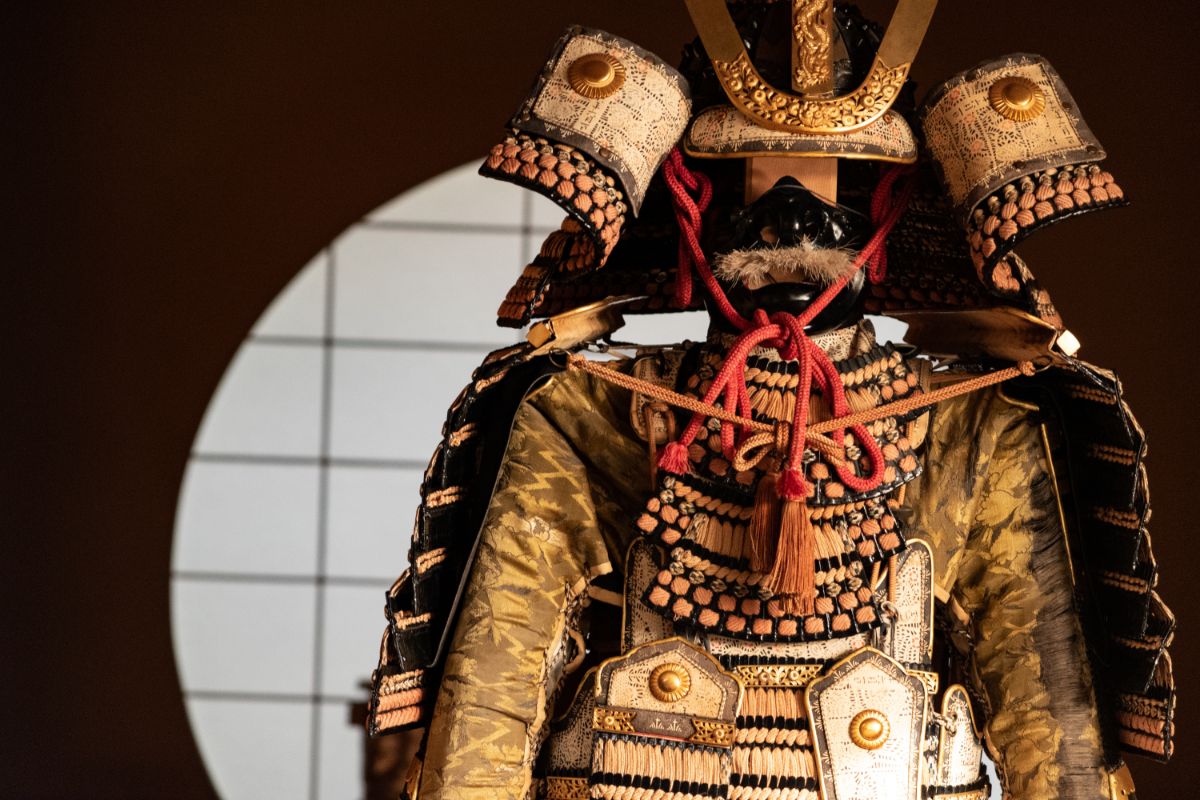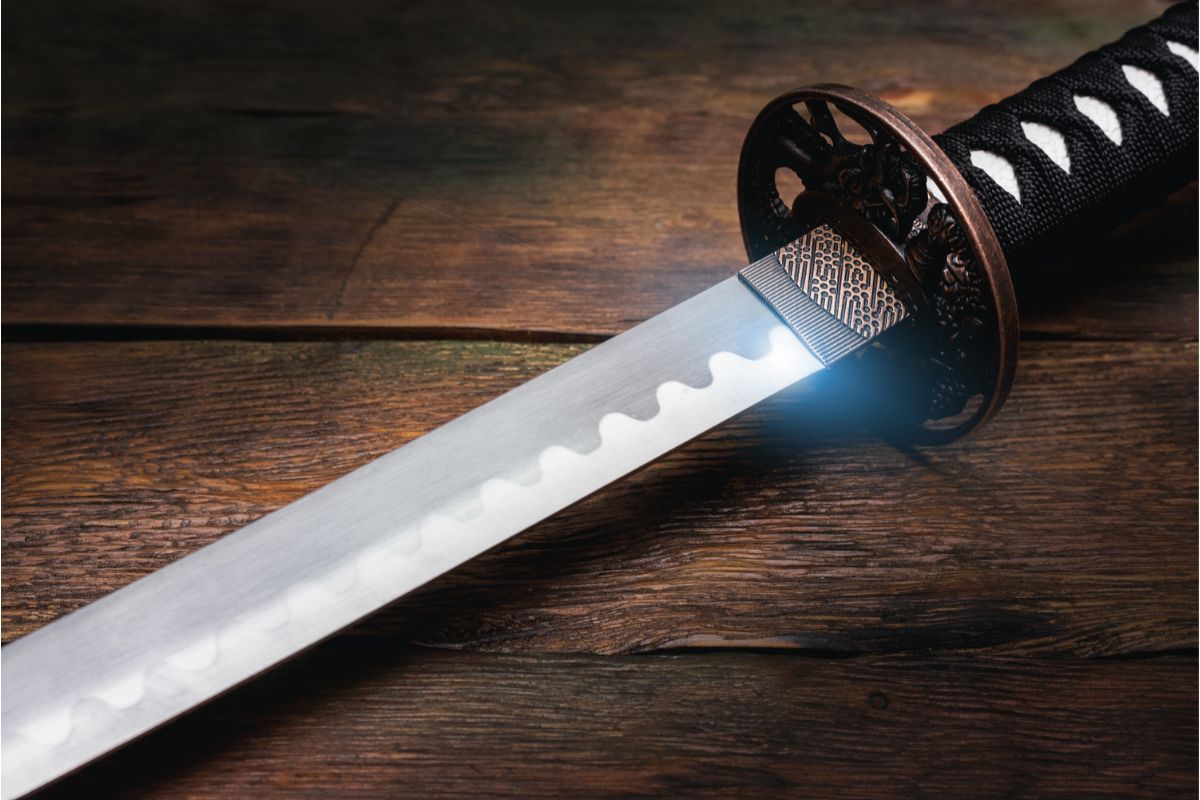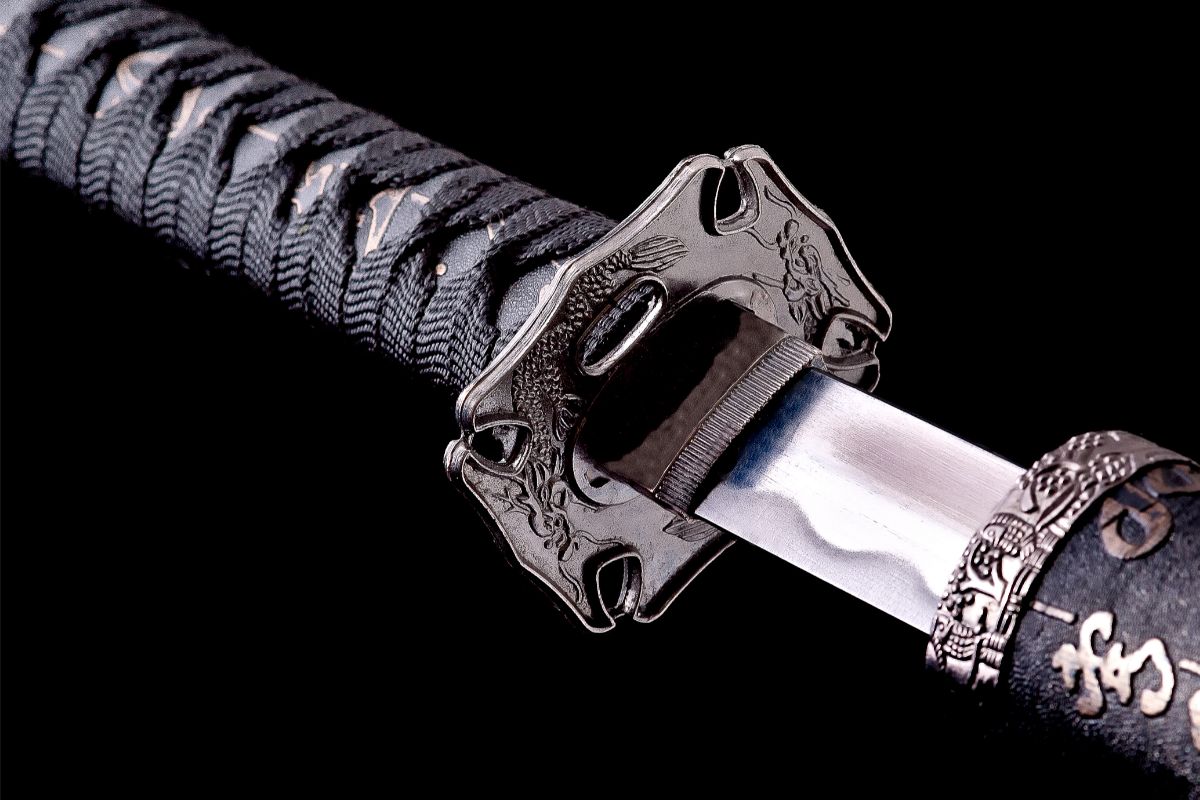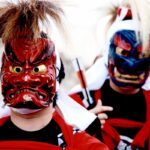Samurai culture is something that has captivated the hearts and minds of people all across the world for centuries now.
When the word comes to mind, you’re probably thinking of a warrior with a katana blade and a large set of armor.
Classic depictions of samurai armor usually include large helmets or masks that resemble a demon, sure enough, to startle and scare any enemy that comes.

But what was samurai armor really like? More than this – what was it made of? If you find yourself asking these questions, you’ve come to the right place!
In this article, we’re going to be exploring the world of samurai armor, breaking down what it looked like and what it was made out of.
We’ve also made sure to give you a comprehensive breakdown of samurai culture and how important this kind of armor was to their overall lifestyle.
Who Were The Samurai?
One of the most common misconceptions about the term ‘samurai’ is that it refers to an entire people. In reality, Samurai (see also ‘The Age Of The Samurai: 1185-1868‘) was a word that was used to describe a member of the Japanese warrior caste.
Samurai were warriors of high birth who came to dominate Japan from the 12th century all the way up until the end of the 19th century.
If you’re more familiar with European history, you can think of a Samurai as a knight. Someone of a high birth who has been trained in warfare and who has the funds to have impressive military equipment like a horse, sword and heavy armor.
Samurai came from tribal warrior bands in the early 12th century, and created a culture around stoicism and discipline, involving intense training regimes and codes of conducts.
In later eras this code came to be known as Bushido, which involved a lot of the most well-known monicres of samurai culture. Under Bushido, samurai were expected to hold loyalty and bravery above all else.
Dishonour was one of the worst things that could happen to a samurai, and a practice known as seppuku (ritual suicice) would often take place should they run from battle or become dishonored.
One thing to note before we go into detail about samurai armor and equipment, is that ‘samurai’ is a term that describes centuries of tradition and different societies within Japan.
With this passage of time, the equipment used in battle changes. We’re going to be focusing on what is traditionally known as samurai armor.
What Was Samurai Armor Made Of?
A suit of samurai armor comes with many different features and additions that can change how the overall set looks. Samurai armor fuses artistic features with protection to create something that is both beautiful and effective.
One of the main reasons why these suits of armor looked the way they did is to intimidate the enemy during battle.
It’s easy to imagine everyone within a battle wearing these suits of armor, but the truth is that they were expensive and not something the average footsoldier would ever wear.
Samurai armor would often be specifically tailored to the individual warrior, with its colors and features being created specifically for their clan.
A typical suit of armor would usually include the kusazari (armor for the legs and feet), the Kabuto (the Helmet) and the dou (torso armor).
Some of the typical materials used in creating these pieces include steel, iron, and a type of hardened rawhide known as Nerigawa.
One thing to keep in mind about the material choice and design of samurai armor is that it was chosen to be fairly lightweight.
If you compare Japanese Samurai Armor to that of European plate armor, one thing you’ll notice is that it’s much lighter and easier to get around in.
This is because the Japanese fighting style with a Katana leans much more towards dexterity and skill, rather than brute-force.
Another thing to note is that samurai often fought on horseback, and the lighter your suit of armor is the easier it is to move around on a horse.
The specific techniques and materials used within suits of armor differ from era.
Classical era samurai would use either a type of chainmail armor, mixed with lacquered rawhide that was often connected with silk and leather cords.
However, the later you go the more you’re going to see steel plates used as this offers much more protection. This extra protection was particularly important with the advent of more impressive ranged weapons like bows and eventually firearms.
How Effective Was Samurai Armor?
Trying to figure out how effective samurai armor really was can be a difficult task.
If you are to compare it to the plate armor of later European civilisations it does seem a lot less effective in stopping blades and arrows, however when trying to work this out you need to consider the battle style and weaponry available within Japan.
Samurai armor seems to have been lightweight due to the fighting styles of samurai, but heavy enough to protect the warrior from arrows.
In some ways it was made out of inferior steel to its European counterparts, but that’s not to say it didn’t provide good protection.
The main downsides of samurai armor was that it didn’t quite have the full coverage that suits of European armor did.
The samurai vs knight debate is one that is great to have, but we probably won’t ever know the answer as to who had the better gear, weapons and tactics as the two cultures didn’t ever interact on the battlefield.
Final Thoughts
So there you have it! Japanese Armor was made out of a lot of different materials, and these improved over time as technology grew.
We hope that this article has given you some insight into the world of samurai equipment, and that you now feel a lot more confident about the whole topic.
When it comes to anything in history, it’s important to note that many things can change over the years, and when you’re talking about samurai armor you need to realize that it can change massively depending on the era you’re looking at.
If you enjoyed this post, you might enjoy our article on ‘How Much Is A Kimono?‘.
- 16 Best Websites To Watch Japanese Movies With English Subtitles - May 11, 2023
- Is ZIPAIR The Best Airline For Traveling To Japan? - May 11, 2023
- Ryu Murakami Vs Haruki Murakami – Which One Should You Read? - May 11, 2023








